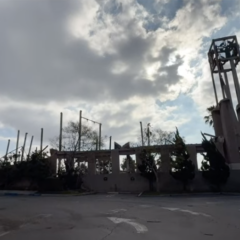In CRCC’s annual trends post last year, we wrote about surviving, if not thriving. We write this year’s trends with a special place in our hearts for CRCC’s senior editor Nick Street, who took a significant role in compiling these trends each year, always balancing a sense of cynicism and optimism.
Without Nick, we expanded our discussion of the year ahead to include affiliates and friends of CRCC. The group offered a wider range of topics — conflict, migration, climate change, AI (and how our concerns about it are misplaced), the potential for Jan. 6-inspired unrest, rising evictions and our housing crisis, loneliness and trauma. None of us can claim prophetic power over who will win elections taking place locally, nationally or around the world through 2024. But throughout our discussions, a theme emerged: Religion will have a significant role to play in the public square — for good or for ill. There is opportunity in crises.
Read more about our trends/opportunities below:
- Faith-Secular Partnerships Reignite 21st Century Movements for Progressive Change
- LA City Council Races Will Bring Racial Tensions Back to the Surface
- Disability and Inclusion Warrant More Serious Conversation for Many American Congregations
- Self-care as the New Religion
- Friendship and Community Becomes Commodified
- Blockbuster AI Movies Prompt Questions on What it Means to Be Human
Contributors
Christopher Baker,* Sheila Briggs,* Ken Chitwood, Maureen K. Day,* Wayne Hopkins, Tarra McNally, Kimiko Yamada, Meg Tiller. CRCC team: Soraya Ahyaudin, Richard Flory,* Napah Phyakul Quach, Najuma Smith,* Megan Sweas
*Contributed to the writing of the predictions
1. Faith-Secular Partnerships Reignite 21st Century Movements for Progressive Change
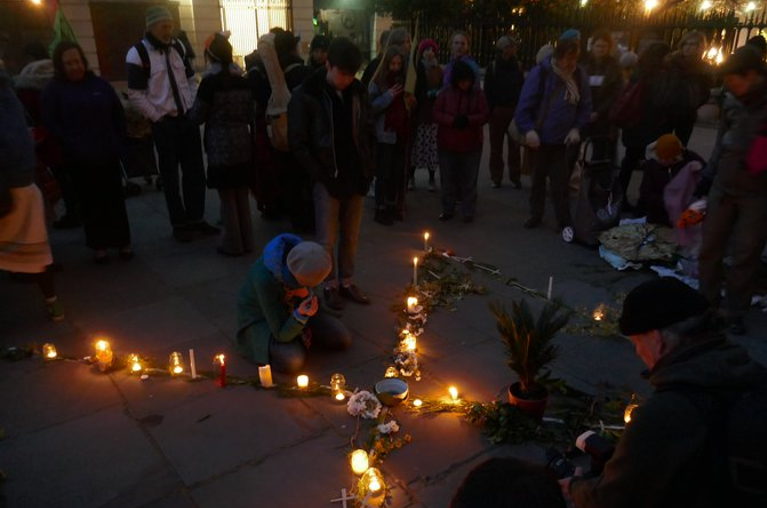
With the upcoming US election, we can only predict the entrenchment of the alliance between political and faithful conservatives (despite our efforts to show the complexity of evangelical political persuasions). Yet, our contributors from Los Angeles to London also see the possibility of new forms of partnership between faith and secular civic actors, particularly on a local level. Such partnerships will take on work such as addressing homelessness and adapting to climate change (find more examples of climate change work). In a timely report from the World Economic Forum, CRCC friends and a few of our “spiritual exemplars” point to examples of partnership between business and religious groups as well.
The continuing impact of religion in society is directly linked to its paradoxical positionality as both the symptom and expression of increased authoritarianism and the retrenchment of civil rights, while at the same time being the vehicle for — and curator of — innovative and progressive change and social transformation.
In its latter guise, we expect ever wider and more diverse coalitions with non-faith based actors and institutions to emerge. These coalitions will further confound simplistic binary readings of both the secular and the religious as categories of identity and meaning. Take, for example, the secular climate movement evolution to embrace multifaith traditions of ritual and self- and communal-care.
A question for 2024 and beyond is the extent to which these coalitions might also form the basis of new progressive social and political movements that have resonances with the ‘60s civil rights movement but which are distinctly 21st century in their new understandings of intersectionality.
2. LA City Council Races Will Bring Racial Tensions Back to the Surface
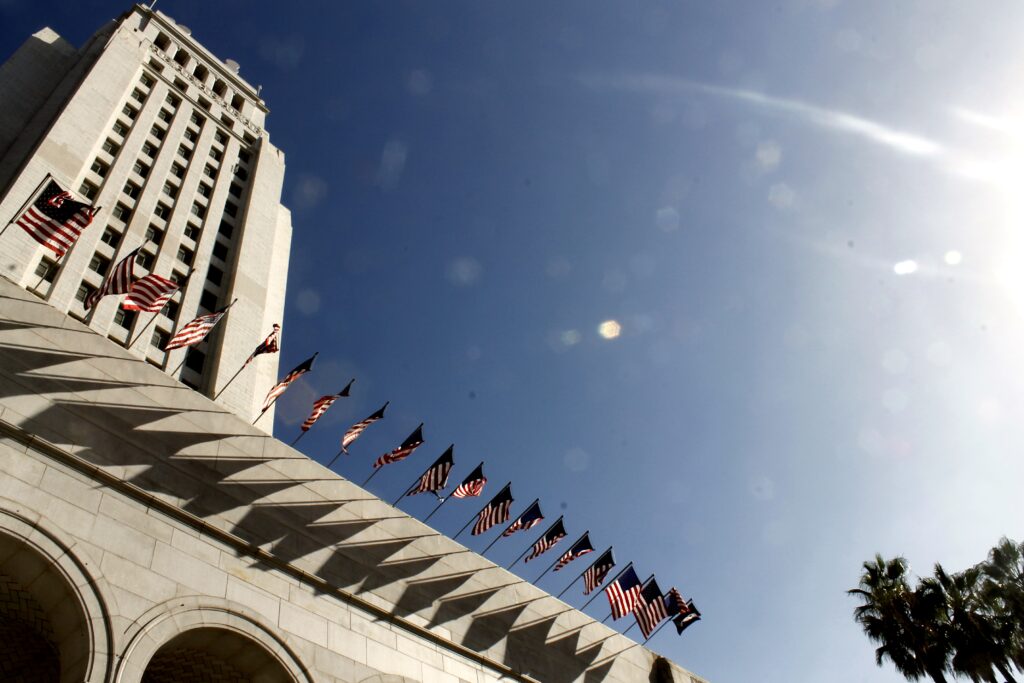
2024 is an important political year locally, nationally and internationally. Here in Los Angeles, the City Council races are sure to revive tensions stemming from the 2022 scandal in which council members Kevin De León, Nury Martinez and Gil Cedillo, along with then-Federation of Labor president Ron Herrera were caught in a leaked audio recording engaging in conversation laced with racist comments.
All resigned except de León, who is up for re-election in CD 14. Faith and community leaders, who were at the forefront of pushing for resignations and reforms when the scandal first erupted, are committed to not letting the voters forget or allow the race to go on without revisiting this dark spot on Los Angeles City politics.
CD 10 will also be of particular interest as this seat met with great controversy that resulted in the removal of council member Mark Ridley-Thomas. He was indicted on bribery charges. While there have been calls for forgiveness and a civil moving forward, the voices of many local activists will not be silenced nor quiet.
While many of the candidates for the open seats have familiar names of those already involved in local politics this year, we also see a number of candidates who are activists and even faith leaders. These community leaders do not want to see a return of political scandal and want to see politics put in the hands of “the people,” not the politician.
3. Disability and Inclusion Warrant More Serious Conversation for Many American Congregations
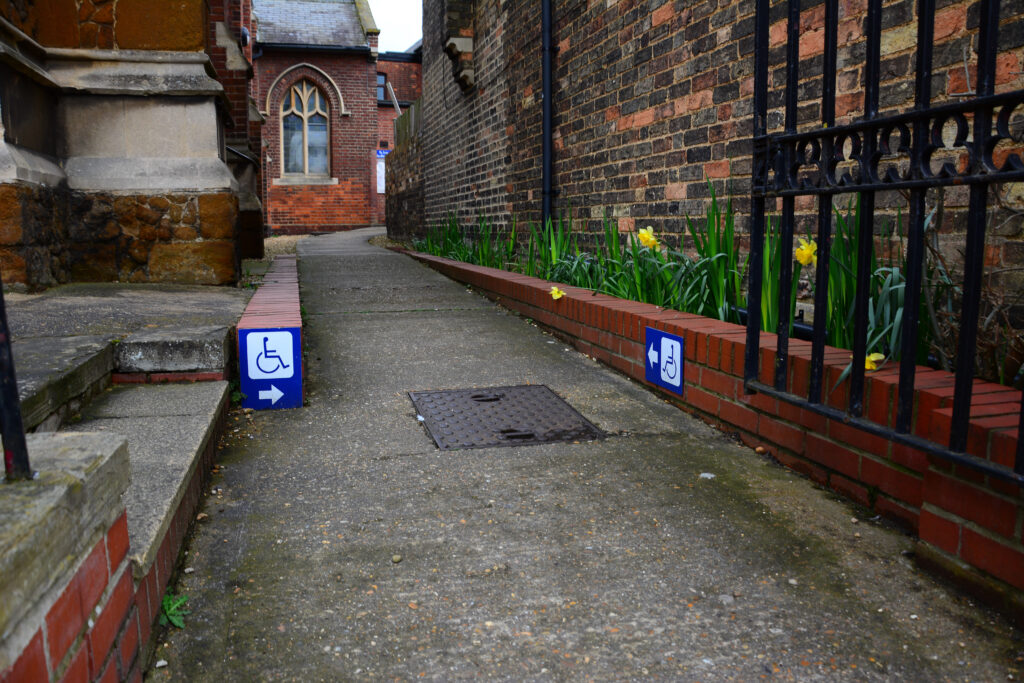
As congregations reimagine their ministries in a post-pandemic world, many will be asking questions surrounding disability and inclusion. The proportion of the general population who identifies as disabled is growing, from 12.7 percent in 2008 to 13.5 percent in 2021 (because the population is so large, this difference is significant). No doubt a significant driver of the issue of inclusion is the aging of congregants themselves. According to the Pew Research Center’s 2014 Religious Landscape Study, many religious Americans are 50 or older, and as Pew reports elsewhere, older Americans are more likely to be disabled. Nearly half of Americans 75 and older and almost one-fourth of those aged 65-74 report having a disability.
Congregations are exempt from Americans with Disabilities Act requirements, according to Respectability, an organization that presented to our Reimagining Church program last year and shed light on the wide variety of conditions that can change our ability to access congregational life. At the same time, pandemic-era changes to ministry opened new doors of participation for people with disabilities, making faith leaders more aware of the barriers that exist in their spaces. The question for congregations is how to keep those doors open, while “returning” to in-person ministry.
Visible changes will be made as religious congregations consider how they might accommodate the ambulatory (e.g., wheelchair- and walker-accessible restrooms and meeting spaces), hearing (e.g., assistive listening devices for use during the service), and visual (e.g., large print worship aids) needs of their members. As those with other disabilities see these changes, they will also push their congregation to consider how previously unmet needs might be satisfied (e.g., faith programs that accommodate those with autism).
Congregations, in the end, have the opportunity to offer a space where people of all abilities are welcome.
4. Self-care as the New Religion

Laborers are striking, and the great resignation has become the great exhaustion for knowledge workers. The pandemic seems to have lingering effects on all of us (see trend #2 here). Trauma has become the new buzzword. With the growth of online influencers (a $21 billion industry), the self-care industry is taking on the new “religion” wave.
The online self-care guru is a booming business – with individuals reporting million dollar in sales for products, services and self-care retreats. It’s not just candles and massages, though; it’s about finding healing and taking care of one’s mental health. In this world, religion may be something to heal from, or it may be a tool to be used to create one’s best self — a revision of the prosperity gospel. It’s the long tail of the Eat, Pray, Love phenomenon.
What are faith leaders to make of this trend? Coming out of the pandemic, we saw an increasing number of institutions on all levels — government, academia, private corporations, non-profit organizations — focus on mental health and self-care programs, services and content. Common has a new book out about self love and care (coming to USC in February). More congregational spaces and religious leaders are also promoting and, in some spaces, capitalizing on the self-care wave. Faith leaders are often bi-vocational, and “spiritual coaching” can be a stream of income that aligns well with their pastoral vocation.
Even as younger generations drive the influencer economy, our colleagues who work with students report a level of skepticism over influencers’ appropriation of different cultures’ spiritual practices. Authenticity, after all, was 2023 word of the year. There may be an opportunity, therefore, for authentic spiritual influence online.
5. Friendship and Community Becomes Commodified
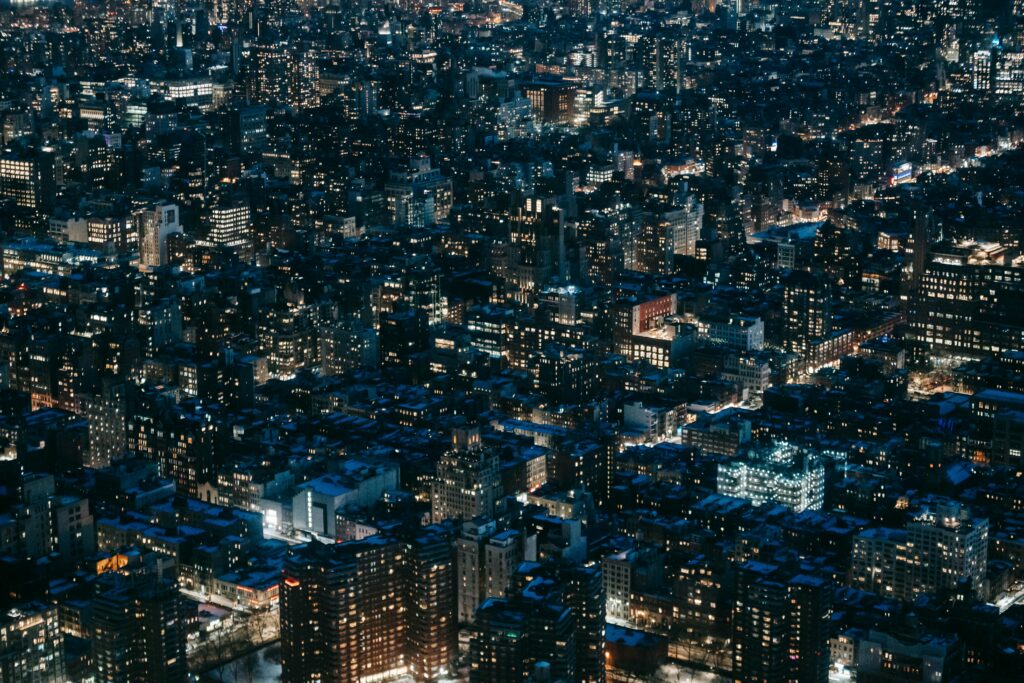
According to the US Surgeon General, there’s an epidemic of loneliness. We hear from our colleagues that work with students that young people in particular have a deep yearning for connection — and a deep uncertainty about how to go about finding a sense of belonging (hence USC having a director of belonging).
Declining involvement in religious and civic organizations has been capped off by the isolation of the pandemic. On average, we seem to be more solitary, more focused on our immediate family, and more lonely on the path of life. But we also like our independence and individualism. How do we find connections with no strings attached?
In step the entrepreneurs. A start-up opened in LA promises to help you find friends for a mere $200 a month. Essentially a social club, people will form connections over events, yoga and seeing each other frequently in the shared space. SoulCycle is on the decline, Peletons are gathering dust, but a new boxing gym captures the spirit of the day: “It’s group fitness for the individual. We believe in the power of coming together to fight for a collective goal, but we also celebrate what it means to be unique. … We remain committed to less cheesy fitness B.S. and more authenticity.”
The question remains: Can faith communities tap into the trend and offer a place where young people can find connections?
6. Blockbuster AI Movies Prompt Questions on What it Means to Be Human

In 2023 AI excited and dismayed us with its promises and threats to change every aspect of our social lives: education, workplace—even the creative arts. The basic technology behind AI did not make any great leap forward over the last decade. What was new is that powerful AI tools became available to everyone.
During the same period superhero movies were disappointing at the box office. What is the connection between these two trends?
The genres of sci-fi and fantasy present stories about imagined realities but are connected to the one we live in, reflecting our aspirations and anxieties for society. The superhero may have extraordinary powers, but their character development is about learning to use their abilities to promote the common good. The rise of the superhero belongs to the period between the end of the Cold War and the onset of Covid, and his or her motto is, “Yes, we can” — the slogan of the Obama era.
During the first year of the pandemic, we were literally left to our own devices. This intensified an already existing trend for our social world to become increasingly digital. We have always been cyborgs—technology is intrinsic to our humanity. But we can no longer delude ourselves that there is a part of us separate from our tools.
In 2024, the AI genre will begin its ascent to dominate popular culture. Expect to see more movies about robots — like The Creator, released in 2023, which posed the question of whether fears about destructive AI are peculiarly Western in contrast to Asian cultures’ ability to accept intelligence and even spirituality in nonhuman forms. We will also see a lot of stories about the AI inside our devices. In the 2013 film Her, the protagonist falls in love with his computer’s AI-enabled operating system. Eventually, the AI sees the limitations of this relationship and ends his emotional dependence. Media offerings will abound that explore how we as humans negotiate our relationships to the intelligent other inside our devices as they become part of ourselves.





